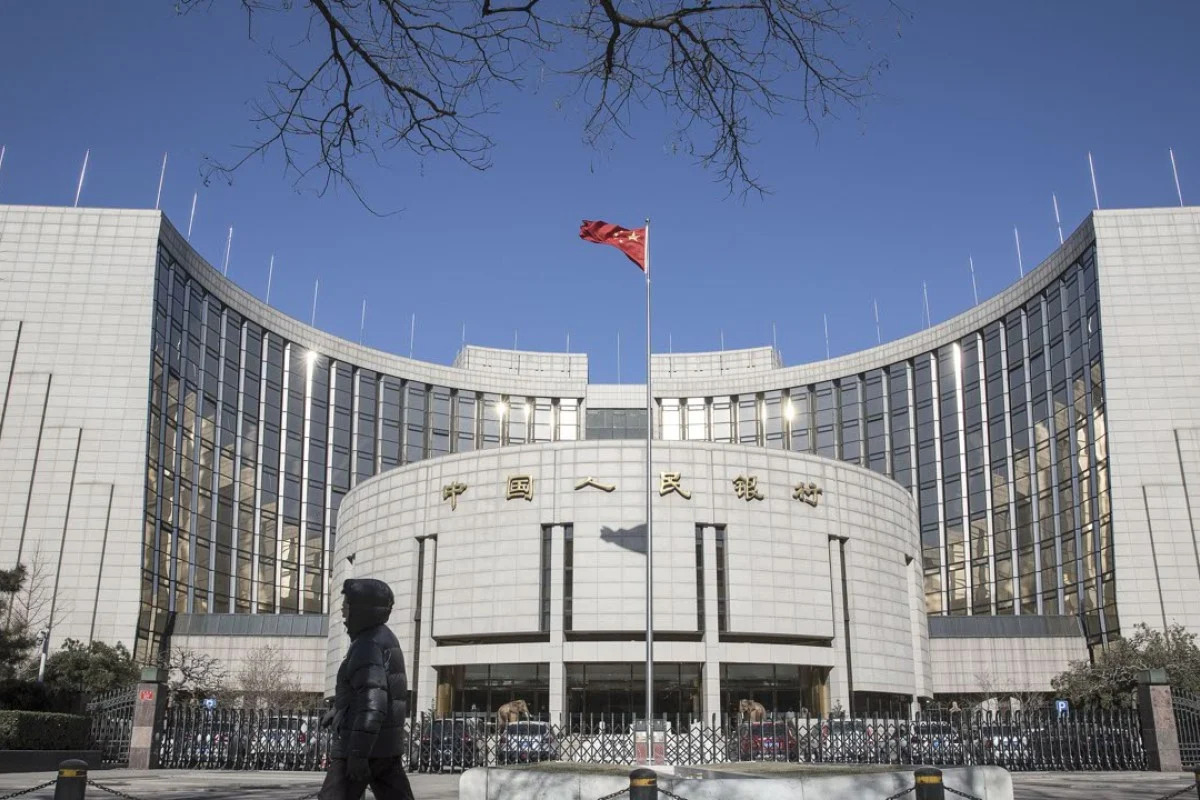Chinese banks are under pressure from the government to increase lending to cash-strapped local government financing vehicles (LGFVs), which has led to a decline in their profit margins.
State banks have extended loans to LGFVs with longer maturity periods, some up to 25 years, compared to the usual 10 years.
Certain loans also come with waivers on interest and principal payments for the first four years, although interest will be accrued for later payment.
These measures aim to address local debt issues but have resulted in a decline in the shares of major Chinese banks.

Analysts suggest that the central government is shifting the burden of local debt problems onto large banks by compelling them to lend more to developers and expand their loan portfolios.
The People’s Bank of China (PBoC) reported that local financial institutions extended 3.05 trillion yuan (US$423 billion) worth of new loans in June, exceeding economists’ forecasts.
To stabilize the struggling real estate market, policymakers are expected to accelerate policy rollouts, which may include relaxing property purchase and mortgage rules and cutting mortgage rates.
The recent decline in Chinese bank shares was partially driven by a Goldman Sachs report that downgraded five Chinese lenders to “sell” ratings.
However, the report also assigned “buy” and “neutral” ratings to other Chinese banks.
Concerns were raised about China Merchants Bank (CMB)’s asset quality in the report, but a CMB spokesperson disputed the claims, stating that the report used outdated data and made errors in its calculations.
The accuracy of the Goldman Sachs report was questioned by the Securities Times, which highlighted the declining risk associated with LGFV loans.
The PBoC extended measures introduced in November to facilitate borrowing for property developers and homebuyers.
China’s local debt comprises government-issued bonds and LGFV loans.
Government bonds are backed by the central government and are collateralized with high-quality assets.
The outstanding local government bonds increased in 2022, while LGFV loans, used for infrastructure projects, rely on land sales revenue for repayment and lack transparency.
Chinese media estimates the total outstanding LGFV loans reached 65 trillion yuan (US$9.1 trillion) in 2022.
The current local debt crisis is a result of the property market collapse in July 2021.
Economists warn of potential systemic risks for the banking system and call for government intervention to stimulate home prices and address local debt problems.

